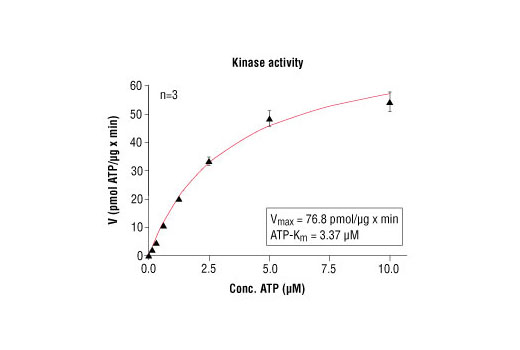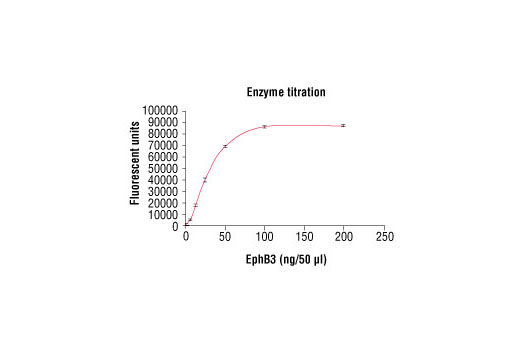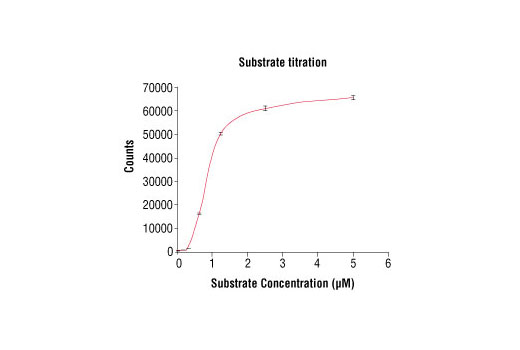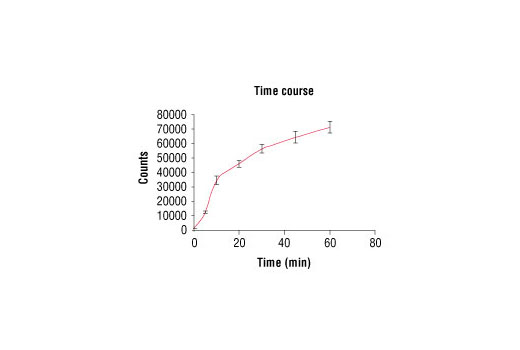
Figure 1. EphB3 kinase activity was measured in a radiometric assay using the following reaction conditions: 60 mM HEPES-NaOH, pH 7.5, 3 mM MgCl2, 3 mM MnCl2, 3 µM Na-orthovanadate, 1.2 mM DTT, ATP (variable), 2.5 µg/50 µl PEG20.000, Substrate: PolyEY, 0.5 µg/50 µl, recombinant EphB3: 25 ng/50 µl.

Figure 3. Dose dependence curve of EphB3 kinase activity: DELFIA® data generated using Phospho-Tyrosine mAb (P-Tyr-100) #9411 to detect phosphorylation of substrate peptide (#1330) by EphB3 kinase. In a 50 µl reaction, increasing amounts of EphB3 and 1.5 µM substrate peptide were used per reaction at room temperature for 30 minutes. (DELFIA® is a registered trademark of PerkinElmer, Inc.)

Figure 4. Peptide concentration dependence of EphB3 kinase activity: DELFIA® data generated using Phospho-Tyrosine mAb (P-Tyr-100) #9411 to detect phosphorylation of substrate peptide (#1330) by EphB3 kinase. In a 50 µl reaction, 50 ng of EphB3 and increasing concentrations of substrate peptide were used per reaction at room temperature for 30 minutes. (DELFIA® is a registered trademark of PerkinElmer, Inc.)

Figure 2. Time course of EphB3 kinase activity: DELFIA® data generated using Phospho-Tyrosine mAb (P-Tyr-100) #9411 to detect phosphorylation of EphB3 substrate peptide (#1330) by EphB3 kinase. In a 50 µl reaction, 50 ng EphB3 and 1.5 µM substrate peptide were used per reaction. (DELFIA® is a registered trademark of PerkinElmer, Inc.)



